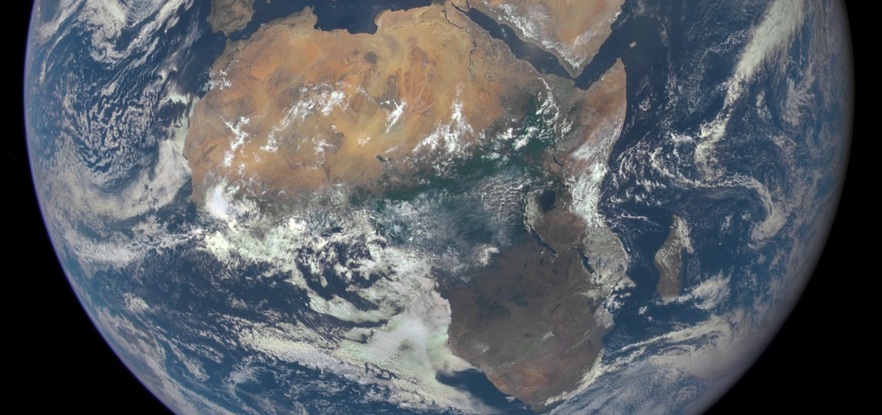Africa is the second largest continent on Earth (covering 20% of the emerged lands) and its population is now 18% of humanity, but it’s contributing with just 2,630 UAP known reports, i.e. less than 1% of the International collection, according to the largest catalogue of sightings (UFOCAT, by the Center for UFO Studies).
Even if we are not considering some South African reports of “ghost airships” in 1914, paralleling the wave of similar sightings over Great Britain in the previous years, the Black Continent was involved in the UFO- mania since the very beginning, in a closely similar way to what happened in Europe.
Even the “ghost rockets” of 1946 gradually descended from Scandinavian skies to the Mediterranean: not only Portugal, Italy, Yugoslavia and Greece, but Morocco and Algeria, too.
When “flying saucers” first appeared over the USA in the summer of the following year, some sightings were reported from the Old Continent, too. And Africa contributed with sparse reports not only from Algeria but also from the sub-Saharan nations: Madagascar, Mozambico, South Africa.
And when the first UFO globalization took waves of sightings to Europe following the 26-months “Martian cycle”, Africa was part of the same trend: 42 in 1950, 230 in 1952, 280 in 1954. Even the American CIA worried about those African reports [ill. 1) CIA report] and as many as three of the rare “unexplained” cases in the files of U.S. Air Force “Project Blue Book” were from Africa.

And the UFO incident that International expert and scientist Jacques Vallée called “the perfect landing” took place near Tripoli (Libya) on October 25, 1954: a farmer saw a flying egg with wheels descendint to the groun with six human being on board. When he touched the craft, the an felt a strong electric shock. The object took off after 20 minutes, leaving traces on the ground.

In those early years, most of those accounts came from colonial countries and by their white inhabitants. After the decolonisation process, less Unidentified Aerial Phenomena were reported from the newly independent African nations, which were having more important issues to cope with than watching the skies. But the flow of sighting reports did never stop completely and gradually rose again with mass media spreading, especially newspapers, radio and TV, later the Internet.
The most famous African UFO incident was the collective close encounter of several dozens of 20 Ariel School pupils with a mystery object landing near their playground near Ruwa, in Zimbabwe on September 16, 1994. Some of them also saw small humanoid beings (which they thought were Tokoloshe demonic entities). It was widely covered worldwide by magazines, TV emissions, International conferences and even books.

But every single African nation has had its greater or smaller share of UFO (now UAP) sightings in the last 78 years, the most “rich” ones being the following:
| South Africa | 1124 |
| Morocco | 282 |
| Algeria | 268 |
| Zimbabwe | 245 |
| Egypt | 80 |
| Mozambique | 55 |
| Tunisia | 55 |
A chronological distribution of known reports by year shows the same “wave phenomenon” as in the rest of the world, with peaks and lulls in different years.

And the distribution by class of sightings is mirroring non-African databases, too: distant lights in the night sky are predominant (46%) while daylight flying objects are the 19% of reported sightings, but close-distance encounters are more frequent than usual: as many as 35%

Of course, in African UFO reports there have been all the same features we know from other countries: ground traces, vehicle interferences, radar detections, sightings by policemen and miilitary pilots, even outright hoaxes: you name them and you get them.
A global phenomenon is needing a global network of investigators and researchers. For several reasons, Africa has always had a smaller number of active ufologists than other continents. That is a probable reason for the smaller number of UAP reports by population. But the growing and pervasive presence of the Internet is helping and will hopefully help to overcome that difference in the future.
- - -
The above text was prepared as a poster for the exhibition "UAP en Afrique", organized by UAP Afrique & UAP Check in Paris (France), from July 2 to July 9, 2024
Acknowledgements: Donald Johnson (CUFOS), Giuseppe Santamaria & Giuseppe Stilo (CISU)

